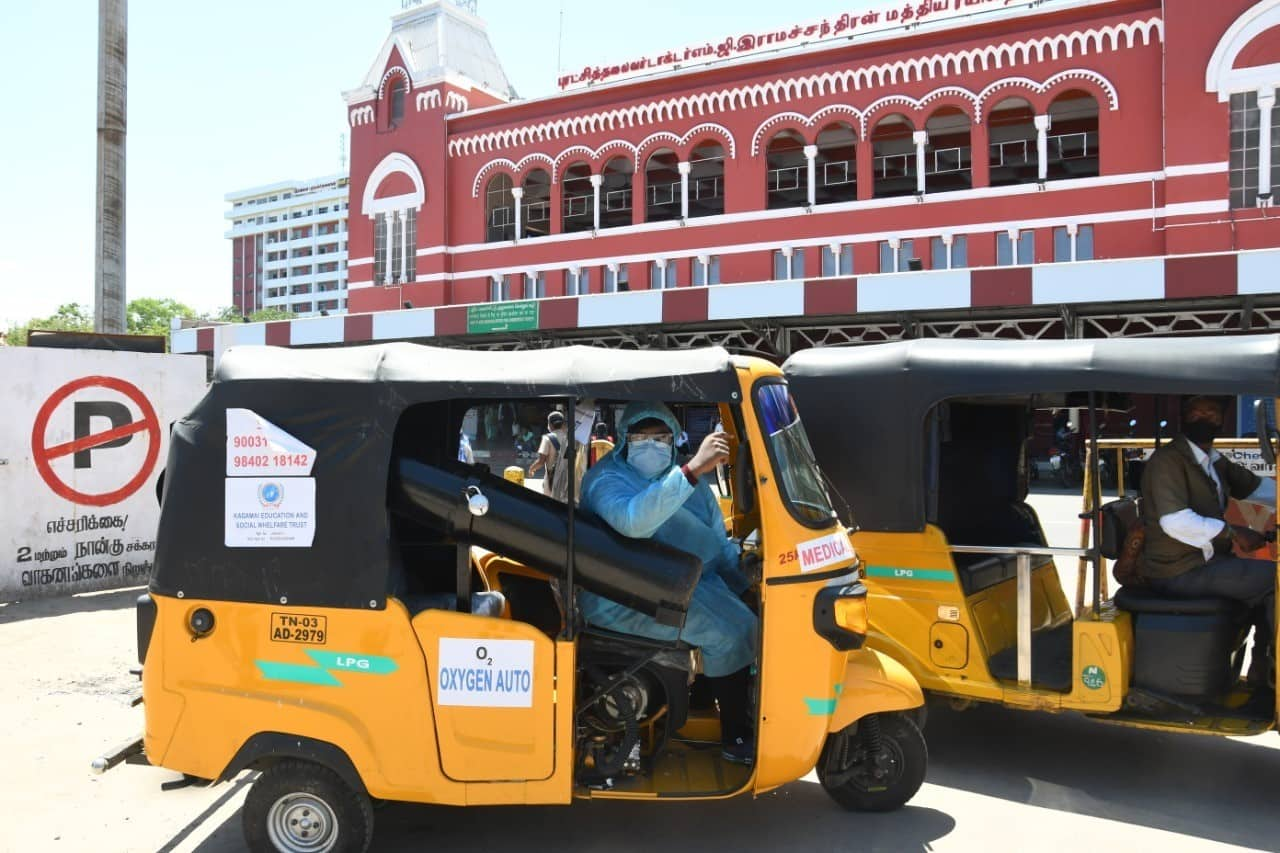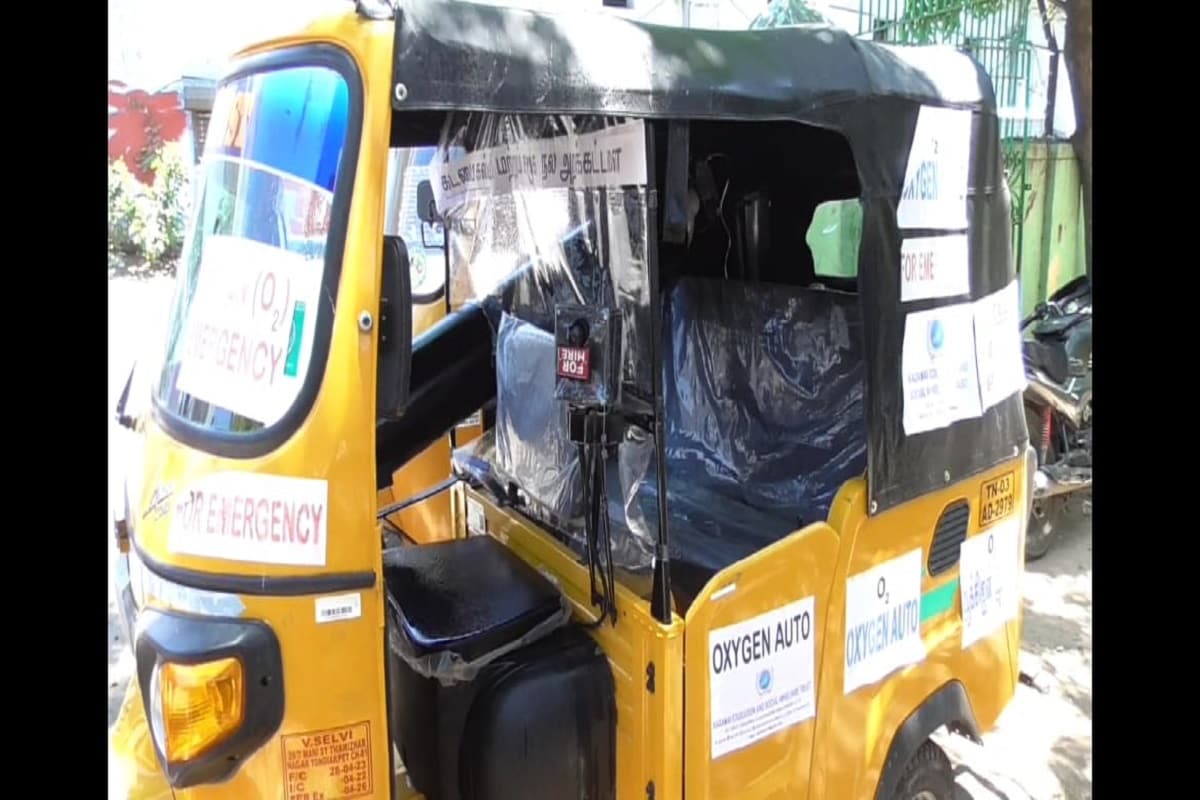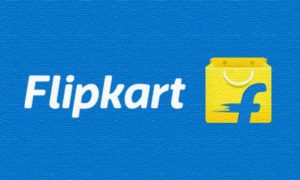Offering 24/7 free medical oxygen service using four autos over the last three weeks, the service has touched the lives of many families spread across Chennai city.
An overburdened medical infrastructure hit hard by COVID-19 brings with it many insurmountable issues – shortage of beds, delay in hospitalization, timely ambulance services being affected.
All of this takes a toll on the morale of patients and their families who are under home quarantine, hoping for the best.
But, in the unfortunate event of dropping Sp02 (blood oxygen saturation) levels, things get even troublesome, with patients having to rush to overcrowded hospitals, make frantic calls for oxygen, scrambling for a taxi or an ambulance etc.

That’s where a handful of medical Oxygen carrying tuk-tuks (autorickshaws) operated by an NGO – Kadamai Education and Social welfare trust, come into play.
Offering 24/7 free medical oxygen service using four autos over the last three weeks, the service has touched the lives of many families spread across Chennai city.
Clad in full body PPE suits, the auto driver and his attender reach the residence of those in urgent need of medical oxygen.
Their vehicles fitted with 50kg Oxygen cylinders, that hold 47 liters of oxygen can cater to the needs of patients for upto six hours(at maximum flow), which is said to be adequate to save a severely affected COVID-19 respiratory illness patient.
Initially serving the northern parts of the city, the service rapidly grew in popularity and started receiving calls from various corners, thus leading them to increase their manpower and efforts.
Currently operating six auto rickshaws, the NGO receives about 400 calls every day, of which, they are able to fulfill anywhere between 20 and 40 requests.

In most cases, they wait as long as it takes to stabilize the patient with about 98% Sp02, if not they ferry them to the nearest available oxygen beds and wait until the patient is admitted.
The wait time for stabilizing each patient varies from 20 minutes to nearly two and a half hours, say the volunteers.
It all started off as a free service to drop patients and suspected COVID-19 cases in scanning centers and hospitals, but with the daily cases in Chennai nearing the 7,000 mark, there was a looming Oxygen crisis.
That’s when telecom sector businessman and NGO founder Vasantha Kumar Chandran thought of retrofitting his own auto rickshaw and a few rented ones with large Oxygen cylinders and taking their service a notch upwards.
“This wave is unbelievable, it’s not just old people, but those in their 40s who are getting badly affected and in need of oxygen. It took a lot of convincing for my own family to let me drive the auto myself”, said Chandran who holds an autorickshaw and heavy vehicle driver’s license.
“As we started off, it was a struggle to get the oxygen cylinders and refills, but things slowly fell into place. Now we have cylinders fitted on our autos that are roaming the city and also a small facility to provide oxygen for the patients visiting our office. Patients see us like God and get very emotional, some even offer us money. But for us, every single minute can prove too costly, so we immediately have to rush towards the next call,” he told Zee Media.
When asked how their drivers and attenders are risking the close contact with COVID-19 positive patients, he said that there was no compromise on safety, adding how all of them were provided adequate PPE gear and sanitizers. The drivers who depend on this alone are paid a salary, the others are our own NGO volunteers, he said.
In their 30-member team, everyone has something to do for the greater good – those with licenses drive autos, the others man the call center, travel as attenders, and procure oxygen, ensure refills etc.
In recent times, a similar model has been adopted by the Greater Chennai Corporation, the city’s civic body. They have turned multi-utility vehicles into car ambulances that can ferry patients to either dedicated COVID-19 care facilities or hospitals, based on case severity.
Such systems are being introduced to lessen the burden on ambulances that can be used to cater to more severe cases.



































